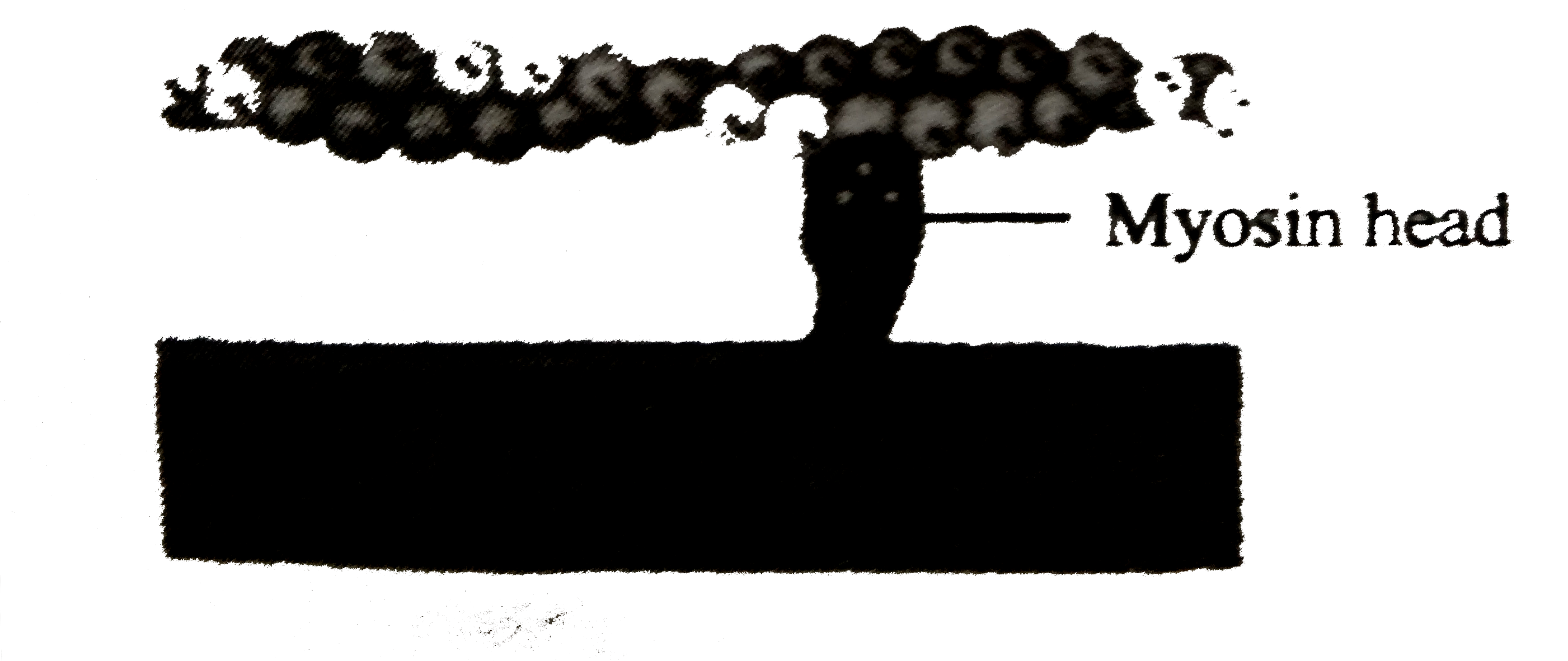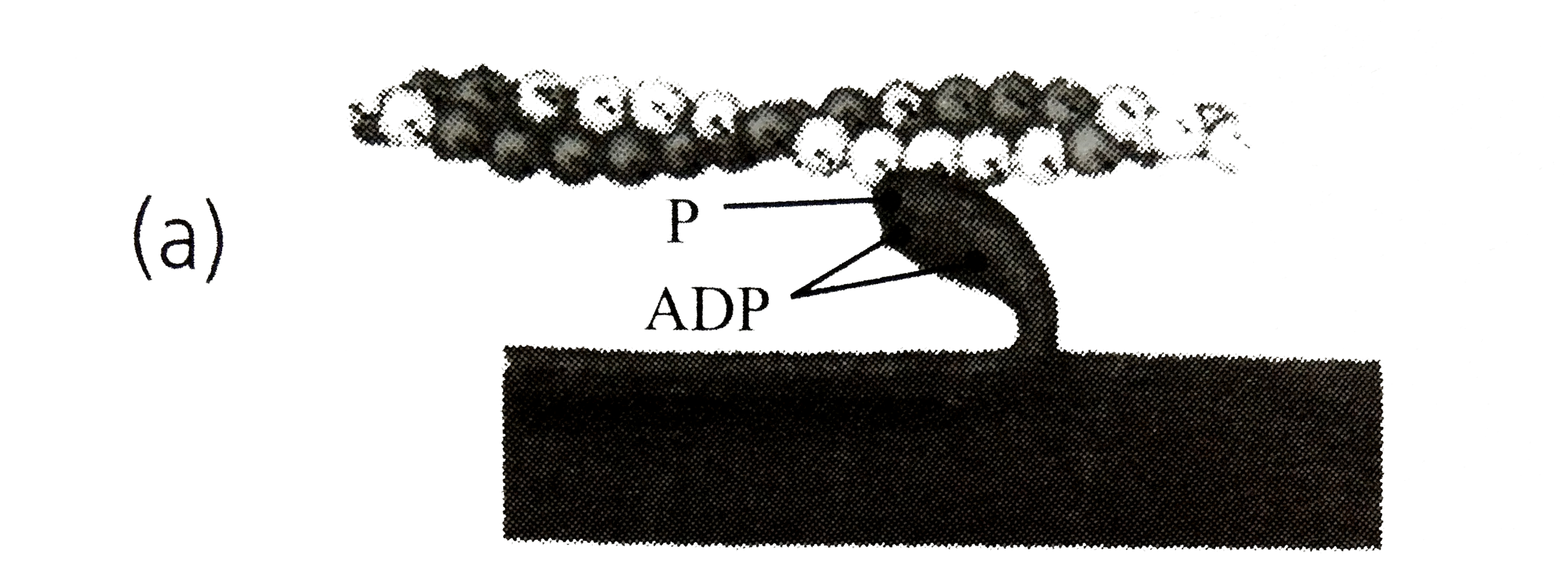In heart cells, which one serves as a second messenger, speeding up muscle cell contraction in respone to adrenaline ?
GTP
ATP
cAMP
AMP
The correct Answer is:C
To answer the question regarding which molecule serves as a second messenger in heart cells that speeds up muscle cell contraction in response to adrenaline, we can follow these steps:
1. Understanding the Role of Adrenaline:
- Adrenaline, also known as epinephrine, is a hormone released from the adrenal medulla. It plays a crucial role in the "fight or flight" response and affects various tissues, including heart muscle cells.
Hint: Remember that adrenaline is a hormone that influences heart function.
2. Mechanism of Action:
- Adrenaline binds to specific receptors on the surface of heart muscle cells (adrenergic receptors). This binding triggers a cascade of intracellular events.
Hint: Focus on how hormones interact with cell receptors to initiate a response.
3. Role of Second Messengers:
- When adrenaline binds to its receptor, it activates a G-protein, which in turn stimulates the enzyme adenylate cyclase. This enzyme converts ATP (adenosine triphosphate) into cyclic AMP (cAMP).
Hint: Identify the key enzyme that is activated by the hormone-receptor interaction.
4. Cyclic AMP (cAMP) as a Second Messenger:
- cAMP acts as a second messenger within the cell. It amplifies the signal from adrenaline and leads to increased calcium ion levels in the heart muscle cells, which enhances muscle contraction.
Hint: Recall that second messengers amplify the effects of the primary signal (in this case, adrenaline).
5. Conclusion:
- Based on the above steps, we conclude that the molecule serving as a second messenger that speeds up muscle cell contraction in response to adrenaline in heart cells is cyclic AMP (cAMP).
Final Answer: The correct option is C - cAMP.
- Adrenaline, also known as epinephrine, is a hormone released from the adrenal medulla. It plays a crucial role in the "fight or flight" response and affects various tissues, including heart muscle cells.
- Adrenaline binds to specific receptors on the surface of heart muscle cells (adrenergic receptors). This binding triggers a cascade of intracellular events.
- When adrenaline binds to its receptor, it activates a G-protein, which in turn stimulates the enzyme adenylate cyclase. This enzyme converts ATP (adenosine triphosphate) into cyclic AMP (cAMP).
- cAMP acts as a second messenger within the cell. It amplifies the signal from adrenaline and leads to increased calcium ion levels in the heart muscle cells, which enhances muscle contraction.
- Based on the above steps, we conclude that the molecule serving as a second messenger that speeds up muscle cell contraction in response to adrenaline in heart cells is cyclic AMP (cAMP).
Topper's Solved these Questions
- CELL- THE BASIC UNIT OF LIFE ( CELL AND ITS STRUCTURAL ORGANISATION )BOOK - TRUEMEN BIOLOGY ENGLISHCHAPTER - CELL- THE BASIC UNIT OF LIFE ( CELL AND ITS STRUCTURAL ORGANISATION )EXERCISE - MULTIPLE CHOICE ANSWER TYPE
308 Videos
- EXCRETORY PRODUCTS AND THEIR ELIMINATIONBOOK - TRUEMEN BIOLOGY ENGLISHCHAPTER - EXCRETORY PRODUCTS AND THEIR ELIMINATIONEXERCISE - MULTIPLE CHOICE OUESTIONS
191 Videos
Similar Questions
Knowledge Check
Which one is the example of Isometric muscles contraction?
AGymnasticBWeight liftingCboth (a) and (b)DNone of theseWhich one of the following sets of ions are necessary in chemical events for muscle contraction?
ACa++andMg++BK+andNa+CK+andCa++DNa+andFe++Which one of the following options shows the next stage of muscle contraction after the stage given in question ?
 A
A B
B C
C D
D
If the cells are broken up and sedimented, the new structure formed in one of the fraction is
View SolutionWhich one induces cell division ?
View SolutionAssertion (A). Hormones interacting with cell surface receptors do not enter the target but they generate second messenger
Reason (R ). Glucocorticoids bind to intracellular receptors and regulate gene expression
View SolutionWhich one provides hardness to cell wall?
View SolutionIn which one of the following techniques blastomeres up to 8 cell stage is introduced into the fallopian tube ?
View Solution
